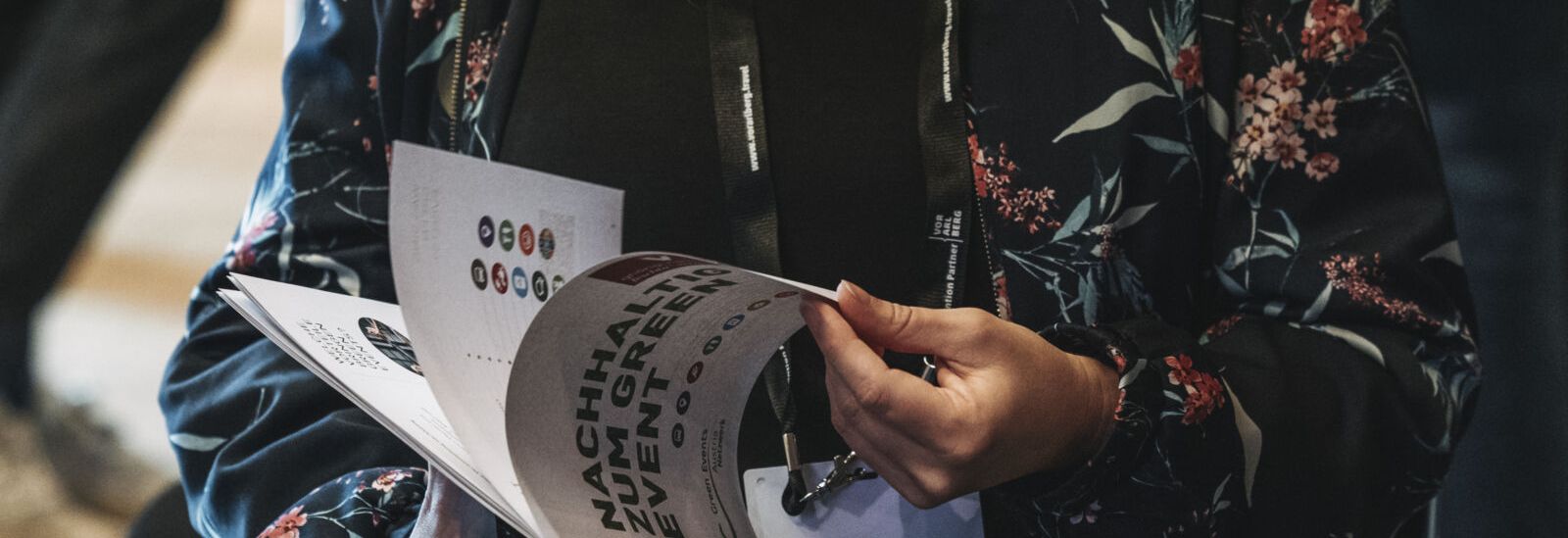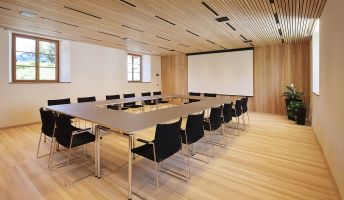Accessible event communication is aimed at helping as many people as possible who may be interested in the event, and to make the information accessible to them. The aim here is to recognise possible barriers and to remove or circumvent them.
Accessible communication is important in all event phases and begins with the event announcement - ensuring all interested parties can access the information via various communication channels.



